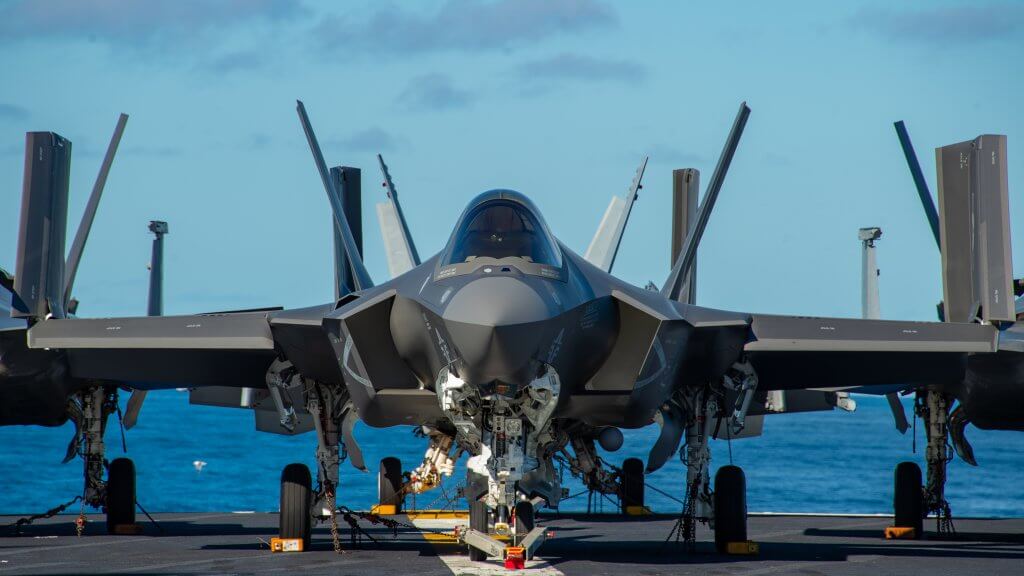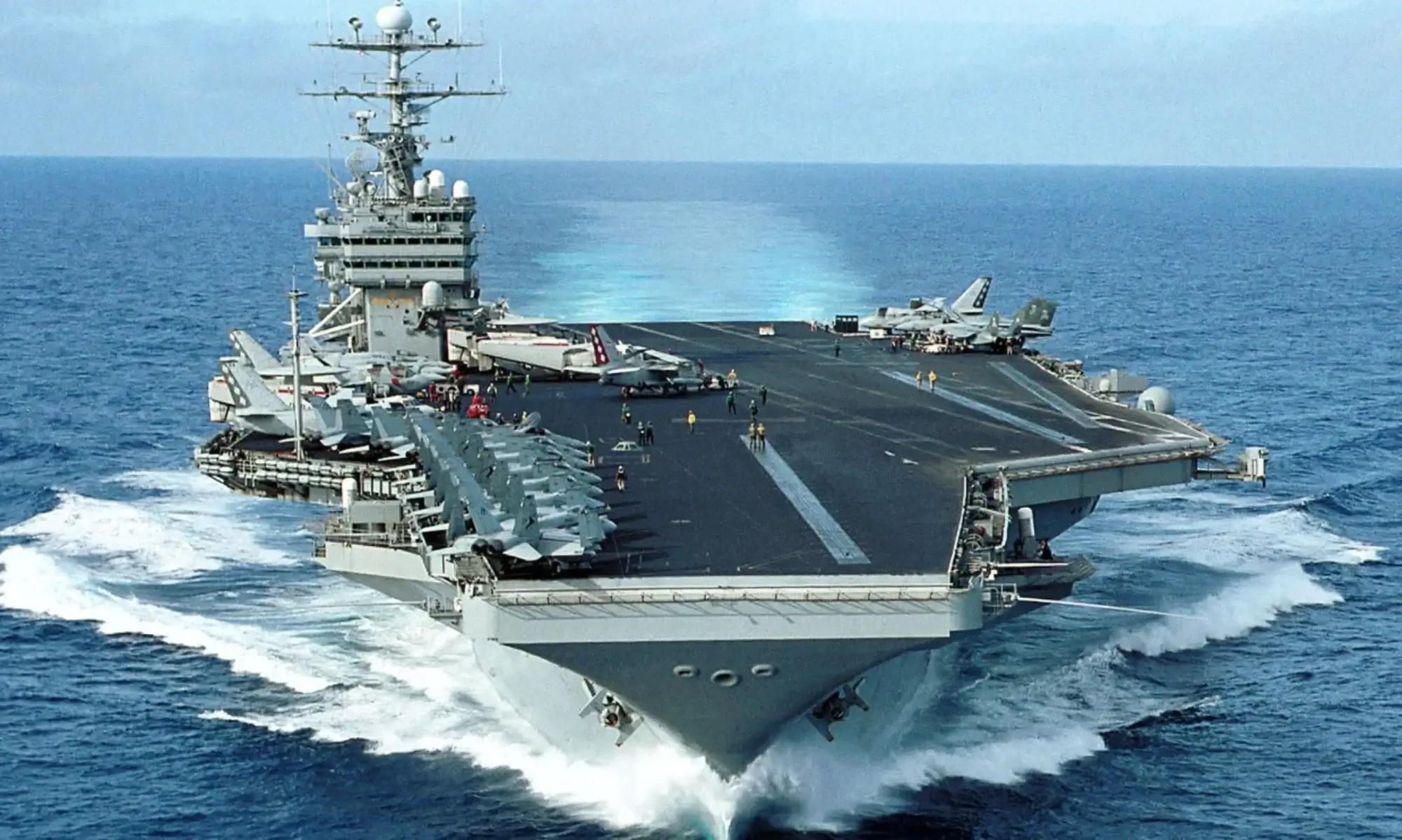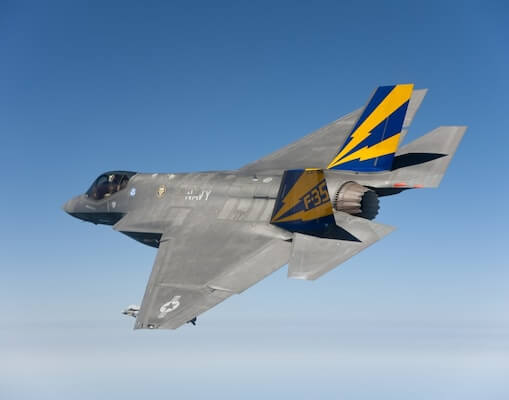
Introduction
As we conclude our series on the F-35 program and the future of aerial combat, it’s essential to reflect on what we’ve covered so far. In Part 1, we explored the debate over the F-35 program, analyzing its challenges and strategic importance. In Part 2, we looked behind the scenes of defense planning, highlighting the intricate processes that inform decisions about programs like the F-35.
Now, in Part 3, we turn our attention to the future. The world of aerial combat is rapidly evolving with breakthroughs in drones, artificial intelligence, and hypersonic technology. The question before us: how do these advancements fit into the U.S. Navy’s strategy, and what role should the public play in shaping the future of defense?
Emerging Technologies: What’s Next for Aerial Combat?
The battlefield of the future is being shaped by cutting-edge technologies that promise to redefine the rules of engagement. Here are some key advancements poised to transform aerial combat:
- Drones and Uncrewed Systems
- Uncrewed aerial vehicles (UAVs) are revolutionizing military operations, offering cost-effective, stealthy solutions for surveillance and strikes.
- Programs like the MQ-25 Stingray, designed for refueling and reconnaissance, demonstrate the Navy’s commitment to integrating drones into its operations.
- However, drones cannot fully replace manned aircraft like the F-35. While they excel in certain missions, their limited autonomy and susceptibility to electronic warfare highlight the need for complementary systems.
- Artificial Intelligence (AI)
- AI is enhancing decision-making on the battlefield, from targeting systems to predictive maintenance for aircraft.
- The integration of AI with the F-35’s advanced sensor systems could further enhance its capabilities, making it an indispensable tool in contested environments.
- Yet, the ethical and security implications of relying on AI demand careful consideration.
- Hypersonic Technology
- Hypersonic missiles and aircraft are reshaping global military strategies with their unmatched speed and maneuverability.
- The U.S. Navy is investing heavily in hypersonics to maintain a competitive edge, but these advancements also require robust defense systems to counter similar developments by adversaries.
The Role of Public Engagement
The future of aerial combat is not just a matter for defense experts—it’s a conversation that requires active public participation. Here’s why your voice matters:
- Accountability and Oversight: Defense programs like the F-35 involve significant taxpayer investments. Public scrutiny ensures these funds are used efficiently and transparently.
- Shaping National Priorities: The public has a vital role in influencing decisions about where resources should be allocated—whether to traditional programs, emerging technologies, or a balanced combination of both.
- Building Trust: A well-informed citizenry fosters trust in the military’s strategic decisions, strengthening national unity and support.
Balancing Innovation and Readiness
The future of aerial combat will require a delicate balance between embracing innovation and maintaining readiness. Programs like the F-35 exemplify this challenge. While critics point to cost overruns and delays, proponents highlight the aircraft’s unmatched capabilities and its role in deterring adversaries.
At the same time, emerging technologies like drones and AI offer new opportunities to enhance efficiency and effectiveness. The key lies in integrating these advancements without compromising the proven strengths of existing systems.
Call to Action: Your Role in Shaping the Future
As Americans for a Stronger Navy, our mission is to raise awareness and foster public engagement in these critical discussions. The future of aerial combat impacts not just our military but every citizen who benefits from the security it provides.
We invite you to:
- Stay Informed: Follow our blog for updates on defense issues and emerging technologies.
- Join the Conversation: Share your thoughts on the future of aerial combat and the role of programs like the F-35.
- Advocate for Accountability: Support efforts to ensure transparency, efficiency, and strategic foresight in defense planning.
Together, we can ensure that America’s Navy remains not only stronger but also smarter and more prepared for the challenges ahead.



